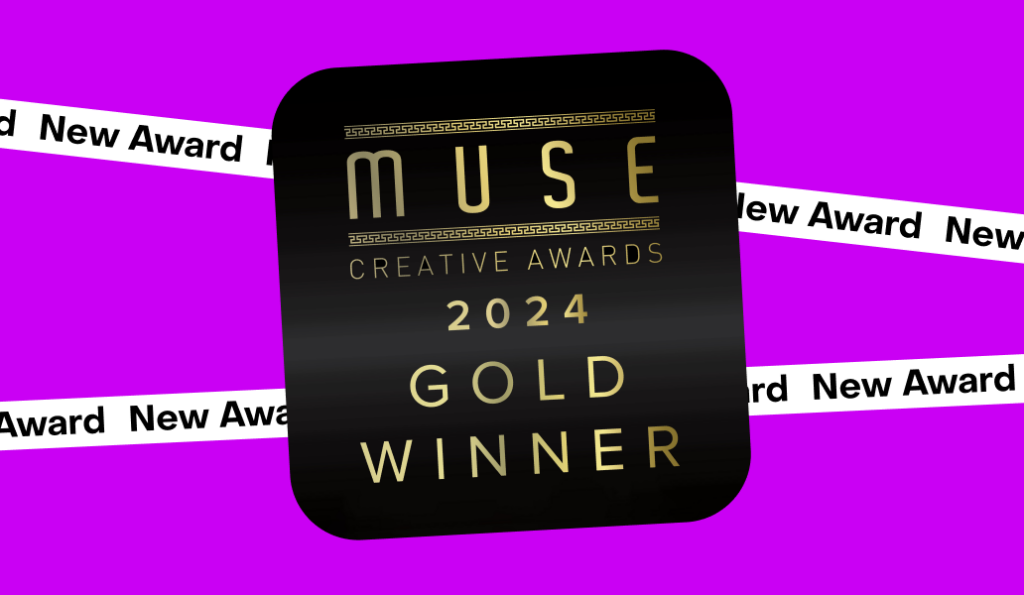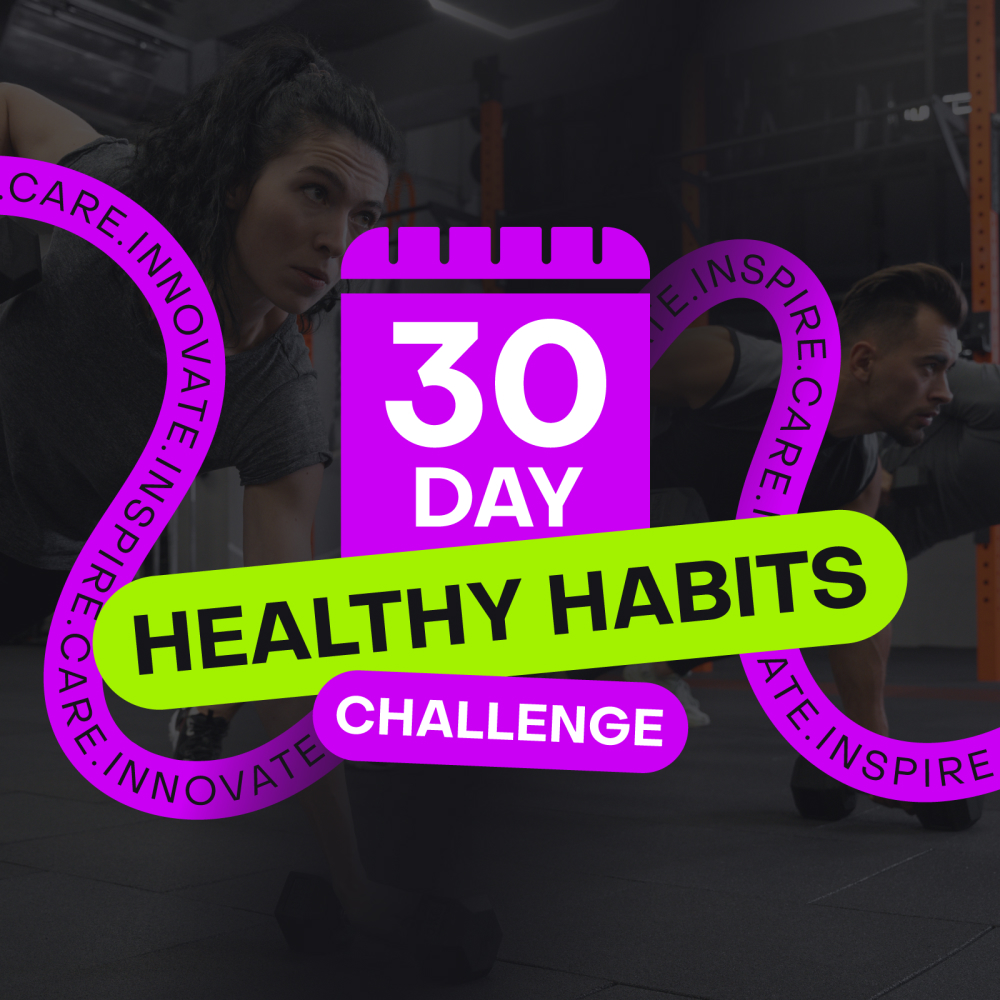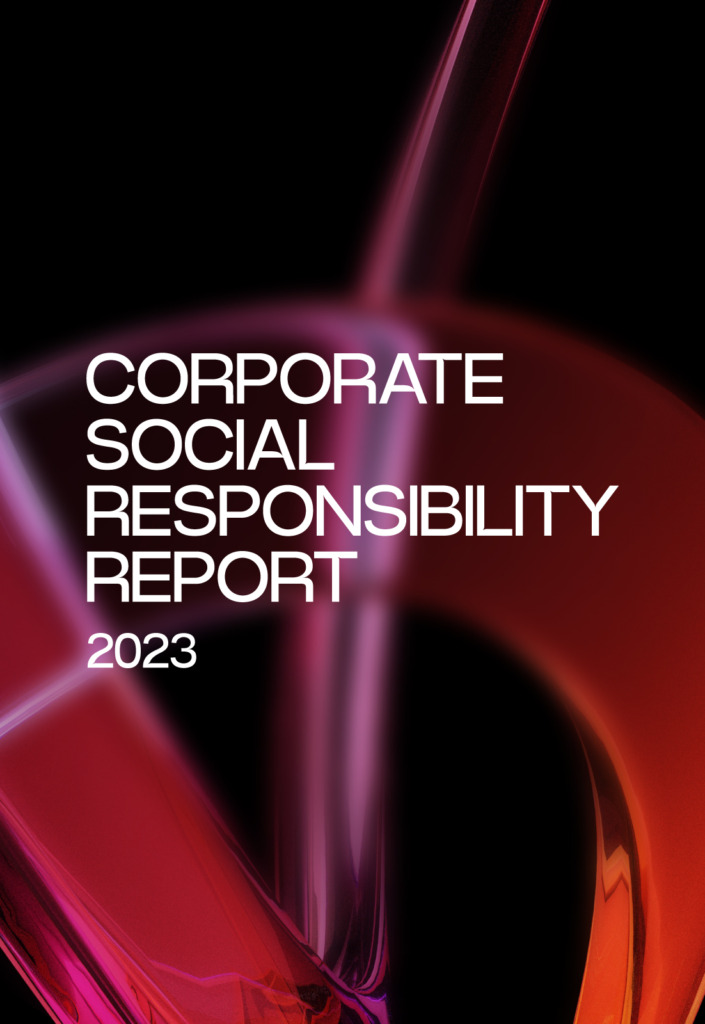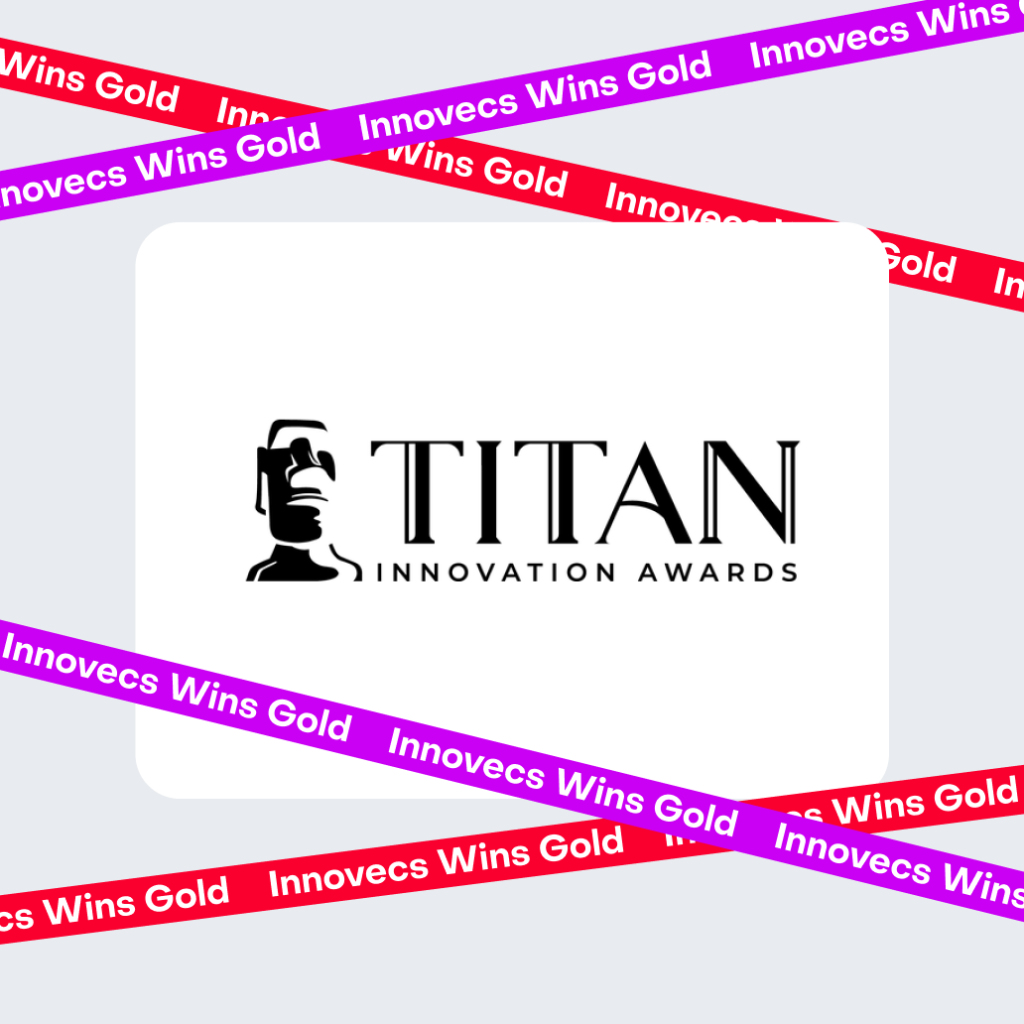
- Agile and Waterfall are two popular project management methodologies in software development.
- Agile is flexible and iterative, allowing for quick adaptation to changing requirements.
- Waterfall is a linear, step-by-step approach that works well for projects with a clear scope and predictable timeline.
- Agile focuses on customer satisfaction and rapid delivery, while Waterfall emphasizes structured planning and clear documentation.
- Agile is better suited for projects with uncertain or evolving requirements, while Waterfall is ideal for projects with well-defined objectives.
- Combining Agile and Waterfall in a hybrid approach can be beneficial in certain scenarios.
Effective project management is crucial in software development to meet customer needs and deliver quality results. Two popular methodologies used in project management are Agile and Waterfall. Each methodology has its risks and benefits, and as a project manager, it is important to select the appropriate approach based on the project’s characteristics and the team’s needs. The main difference between these two methodologies is that Waterfall is a linear system of working that requires the team to complete each project phase before moving on to the next one, while Agile encourages the team to work simultaneously on different phases of the project.
Agile and Waterfall methodologies have distinct features that make them suitable for different types of projects. Agile is known for its flexibility and iterative approach, enabling teams to quickly adapt to changing requirements and deliver high-quality results within shorter timeframes. It emphasizes customer satisfaction, collaboration, and continuous improvement.
On the other hand, Waterfall is a linear, step-by-step approach that works well for projects with a clear scope and predictable timeline. It involves rigorous planning upfront to ensure that the project stays on track, with progress tracked closely and issues addressed promptly. Waterfall is ideal for projects with well-defined objectives and minimal adaptation or creativity required, making it a structured and sequential methodology known as the “waterfall method”.
Understanding the differences and similarities between Agile and Waterfall methodologies is essential to make informed decisions about project management approaches. In the following sections, we will explore the core principles, sequential phases, key differences, benefits, real-world applications, challenges, and frequently asked questions related to Agile and Waterfall methodologies in project development.

Key differences between Agile and Waterfall methodologies include the approach to planning and documentation, flexibility and adaptability in project management, and the delivery of value throughout the project lifecycle. Agile prioritizes iterative development, customer satisfaction, and flexibility, while Waterfall focuses on structured planning, clear documentation, and a linear project progression.
Approach To Planning And Documentation
One of the key differences between Agile and Waterfall methodologies is the approach to planning and documentation.
Waterfall Methodology:
- In Waterfall, planning is a linear process done at the beginning of the project, with all requirements and objectives laid out in detail upfront.
- Documentation is extensive, with each phase and task clearly defined and documented. This includes detailed project plans, specifications, and progress reports.
- Changes to requirements are discouraged in Waterfall, as the methodology requires extensive planning upfront.
Agile Methodology:
- Agile planning is a continuous process throughout the project’s life cycle, with adjustments made as new information or requirements emerge.
- Documentation in Agile projects is minimal, focusing on self-organizing teams and collaboration.
- Agile projects prioritize adaptability and flexibility, allowing for changes in requirements to be incorporated throughout the development process.
Flexibility And Adaptability In Project Management
Flexibility and adaptability are key features of the Agile methodology, setting it apart from the more rigid Waterfall model.
Agile Methodology:
- Agile projects are designed to be flexible and adaptable, embracing changes in requirements and adapting quickly to evolving customer needs.
- The development process in Agile is iterative, with short iterations or sprints that deliver working software at regular intervals.
- Agile teams focus on collaboration and communication, with a high level of adaptability to respond to changing priorities or market conditions.
- The Agile methodology allows for quick feedback loops and continuous improvement, enabling teams to refine the product and address any issues or changes needed.
Waterfall Methodology:
- Waterfall projects follow a sequential, fixed plan with little room for changes or adaptations once the project has started.
- The Waterfall model requires extensive planning upfront to ensure that all requirements are defined and documented before development begins.
- Changes to requirements in Waterfall can be challenging to incorporate, often requiring significant replanning and adjustment to long-term plans.
Agile offers several benefits in software development, including enhanced customer satisfaction and improved product quality.
Enhanced Customer Satisfaction
One of the key benefits of using Agile in software development is enhanced customer satisfaction. Agile methodologies prioritize customer feedback and collaboration throughout the development process.
Agile allows for frequent interactions with customers, ensuring that their needs and expectations are fully understood and incorporated into the development process. By involving customers early on and throughout the project, Agile teams can build a product that better meets their requirements.
Customer feedback is actively sought and incorporated into each iteration of development, allowing for quick adjustments and improvements. This iterative approach ensures that the final product aligns closely with customer needs and expectations.
Additionally, Agile teams often prioritize delivering value quickly, allowing customers to see tangible results and provide feedback early on in the development process. This not only improves customer satisfaction but also helps to identify and address any issues or changes needed before the final product is delivered.
Improved Product Quality
Another benefit of using Agile in software development is improved product quality. The iterative nature of Agile methodologies allows for continuous improvement throughout the development process.
Agile teams prioritize delivering working software at regular intervals, allowing for early identification of any issues or defects. This enables teams to address these issues quickly and improve the overall quality of the product.
The iterative development approach in Agile allows for regular testing and feedback, ensuring that any issues are detected early and resolved promptly. This focus on quality throughout the development process helps to deliver a higher-quality product to the customer.
Furthermore, the Agile model encourages a culture of continuous improvement, where teams are constantly seeking ways to optimize their processes and deliver the best possible results. This emphasis on constant learning and refinement contributes to the overall improvement in product quality.

The Waterfall model offers certain advantages in software development, including predictability and structured planning.
Predictability And Structured Planning
One of the advantages of the Waterfall model in software development is its predictability and structured planning.
The Waterfall methodology follows a linear, sequential approach with each phase dependent on the completion of the previous one. This structured planning allows for a clear roadmap for every stage of the project, making it easier to track progress, identify risks, and manage project budgets.
The predictability of the Waterfall model is beneficial for projects with well-defined objectives and a clear scope. The project manager holds significant authority over the project, plan, and value delivery, ensuring that the project stays on track and meets its objectives.
The Waterfall model also provides clear documentation and milestones, making it easier to measure progress and ensure that all team members are on the same page. This structured approach can be advantageous in projects where strict adherence to requirements and project plans is crucial.
However, it is important to note that the Waterfall model may not be suitable for projects that require frequent changes or adaptation, as it can be challenging to incorporate changes once the project has started.
Clear Documentation And Milestones
Clear documentation and milestones are key advantages of the Waterfall model in software development.
Waterfall Methodology:
- The Waterfall model requires extensive documentation at each phase of the project. This documentation provides a clear record of the project’s progress and specifications.
- Clear documentation ensures that all team members have a shared understanding of the project requirements and objectives. It also helps in identifying any potential issues or risks that may arise during the project.
- Milestones in the Waterfall model provide clear goals and checkpoints that allow the project team to track progress and ensure that the project is on schedule.
- The Waterfall methodology’s emphasis on clear documentation and milestones helps in project monitoring and control, allowing for better project management and coordination.
Agile And Waterfall In Action: Real-World Applications
Agile and Waterfall methodologies have real-world applications in various industries and project types.
Case Study: Agile Success In A Tech Startup
In a tech startup environment, the Agile methodology can be highly effective. Startups often need to deliver products or services quickly, with limited resources and evolving requirements. Agile’s iterative approach and focus on customer satisfaction make it a natural fit for startups.
For example, a tech startup developing a new mobile application may adopt Agile to quickly deliver a functional product and gather feedback from early users. By using short iterations, the team can continuously improve the product based on customer feedback, ensuring that it meets their needs and expectations.
The Agile methodology allows tech startups to be more adaptable to changing market conditions and customer demands. It enables startups to prioritize customer satisfaction and deliver products that align closely with their needs, leading to greater success and user adoption. Agile and Waterfall methodologies serve as valuable tools in project management, each offering unique benefits in addressing potential issues and ensuring project success. The structured nature of the Waterfall model, with its clear milestones and documentation, facilitates effective monitoring and control throughout the project lifecycle.10 differences between waterfall and agile

Case Study: Waterfall Success In Government Projects
Government projects often require a structured and predictable approach, making the Waterfall model a popular choice.
In government projects, there is often a need for strict adherence to requirements and well-defined project plans. The Waterfall methodology provides a clear roadmap and sequential phases that align with the traditional project management practices commonly used in government organizations.
For example, a government project to develop a new online portal may follow the Waterfall model. The project would typically start with thorough planning and documentation, followed by the sequential execution of each phase, including initiation, development, testing, and implementation. This approach allows for clear milestones and project monitoring, ensuring that the project stays on track and meets the specified requirements.
Government projects often have long-term commitments and require extensive documentation for accountability and regulatory compliance. The Waterfall methodology’s emphasis on clear documentation and milestones aligns well with the needs of government projects.
The hybrid approach combines elements of both Agile and Waterfall methodologies to leverage their strengths in software development projects.
Scenarios Where The Hybrid Model Works Best
The hybrid approach works best in scenarios where certain aspects of the project require the structured planning and documentation of the Waterfall model, while other aspects benefit from the flexibility and iterative nature of Agile.
For example, a software development project that requires a clear scope and well-defined objectives may benefit from the Waterfall model during the planning and documentation phases. However, the development and testing phases may benefit from an Agile approach to allow for frequent feedback and adaptation.
The hybrid approach can be particularly useful when integrating different project management tools or methodologies. By combining the best elements of Agile and Waterfall, project teams can optimize their processes to meet the specific needs of their project and organization.
Implementing a hybrid model successfully requires careful planning and coordination between the different methodologies. It is essential to identify the specific areas where each methodology will be applied and ensure effective communication and collaboration between team members.
Implementing A Hybrid Model Successfully
Implementing a hybrid model successfully requires careful planning and consideration of the project’s specific requirements and team dynamics. Here are some guidelines for implementing a hybrid model:
- Define the project scope: Clearly identify which aspects of the project will follow the Waterfall model and which will follow Agile. This will help in allocating resources and setting expectations.
- Select the appropriate project management tools: Choose tools that are compatible with both Agile and Waterfall methodologies. This will facilitate smooth collaboration and communication between team members.
- Establish communication channels: Effective communication is crucial in a hybrid model. Ensure that team members are encouraged to share updates, challenges, and progress through regular meetings or collaboration tools.
- Allocate responsibilities: Clearly define the roles and responsibilities of team members, ensuring that they align with the chosen methodology. This will help in maintaining accountability and coordination within the team.
- Promote collaboration: Encourage collaboration between team members from different methodologies. This will foster knowledge sharing, creativity, and the exchange of best practices.
Implementing a hybrid model successfully requires a balance between the structured approach of Waterfall and the flexibility of Agile. By carefully planning and coordinating the different methodologies, project teams can harness the strengths of each approach and deliver successful outcomes.
Challenges In Adopting Agile And Waterfall
While Agile and Waterfall methodologies offer many benefits, there can be challenges in adopting and implementing these approaches in software development projects.
Adopting Agile:
- Resistance to change: Some team members or stakeholders may be resistant to adopting Agile methodologies, particularly if they are accustomed to more traditional or structured approaches.
- Continuous iteration of development: Agile projects require ongoing collaboration, quick decision-making, and adapting to change. This can be challenging for teams that are not used to working in an iterative and flexible manner.
- Managing stakeholder expectations: Agile involves frequent communication and collaboration with stakeholders. Managing stakeholder expectations and ensuring effective communication can be challenging, particularly when there are multiple stakeholders with varying priorities.
Adopting Waterfall:
- Lack of flexibility: The Waterfall methodology follows a linear, sequential approach, which may not be suitable for projects that require frequent changes or adaptation.
- Limited customer involvement: Waterfall projects often have limited customer involvement until the final stages of the project. This can result in a disconnect between customer expectations and the final deliverable.
Successful adoption of Agile and Waterfall methodologies requires clear communication, stakeholder buy-in, and a willingness to adapt to new approaches. Project managers and team members need to be open to learning and adjusting their practices to ensure successful implementation.
Overcoming Resistance To Change
Resistance to change is a common challenge when adopting Agile methodologies. Here are some strategies for overcoming resistance and promoting a smooth transition:
- Educate and inform: Provide comprehensive training and education on Agile methodologies, emphasizing the benefits and addressing any concerns or misconceptions. This will help team members understand the rationale behind the change and alleviate any fears or resistance.
- Foster a culture of collaboration: Encourage open communication and collaboration among team members. Create a safe and supportive environment where team members feel comfortable sharing their thoughts and ideas.
- Lead by example: Project leaders and managers should embrace Agile methodologies and demonstrate their commitment to the new approach. Leading by example can inspire others to embrace the change and participate fully in the Agile process.
- Communicate the benefits: Clearly communicate the benefits of Agile methodologies, such as increased collaboration, faster time to market, and improved customer satisfaction. Highlight success stories of teams that have successfully transitioned to Agile.
- Provide ongoing support: Offer ongoing support and coaching to team members as they navigate the transition to Agile. Provide resources, mentorship, and guidance to help team members adapt to the new way of working.
By addressing resistance to change and promoting a culture of collaboration and continuous improvement, organizations can overcome challenges and successfully adopt Agile methodologies.
Managing Expectations And Stakeholder Communication
Managing expectations and stakeholder communication are crucial in both Agile and Waterfall methodologies. Here are some strategies for effective stakeholder communication:
- Clear and regular communication: Establish open lines of communication with stakeholders and maintain regular communication throughout the project. This can be achieved through regular meetings, status updates, and progress reports.
- Set realistic expectations: Clearly define project objectives, timelines, and deliverables with stakeholders. Be transparent about what can be achieved within the project constraints and manage expectations accordingly.
- Involve stakeholders in decision-making: Involve stakeholders in project decisions and seek their input and feedback throughout the development process. This promotes ownership and ensures that stakeholders are engaged and satisfied with the project outcomes.
- Agile project manager: In Agile projects, the project manager plays a facilitative role, ensuring that the team has the necessary resources, removing any impediments, and promoting effective collaboration. The project manager should actively communicate with stakeholders, manage expectations, and ensure that the project stays on track.
By proactively managing expectations and maintaining effective communication with stakeholders, project managers can ensure that the project is aligned with stakeholder needs and expectations.
When Should A Team Choose Agile Over Waterfall?
A team should choose Agile over Waterfall when the project requires flexibility, adaptability, and frequent collaboration with stakeholders. Agile is suitable for projects with evolving requirements and a need for rapid delivery of value.
Can Agile And Waterfall Coexist In The Same Project?
Agile and Waterfall methodologies can coexist in the same project through a hybrid approach. Different aspects of the project can be managed using Agile or Waterfall, depending on the specific requirements and characteristics.
What Are The Key Differences Between Agile And Waterfall Software Development Methodologies?
The key differences between Agile and Waterfall methodologies include the approach to planning, documentation, adaptability, and customer involvement. Agile focuses on flexibility, iterative development, and customer satisfaction, while Waterfall emphasizes structured planning and clear documentation.
Can Agile And Waterfall Methodologies Be Combined In A Hybrid Approach?
Yes, Agile and Waterfall methodologies can be combined in a hybrid approach. This allows organizations to leverage the strengths of both methodologies and tailor their project management approach to meet specific project requirements.
What Are Some Common Challenges Faced When Transitioning From Waterfall To Agile Methodology In Software Development?
Common challenges when transitioning from Waterfall to Agile methodology include resistance to change, adapting to an iterative development process, and managing stakeholder expectations. Effective communication, training, and support can help overcome these challenges.
Can Aspects Of Both Agile And Waterfall Methodologies Be Combined To Create A Hybrid Approach In Software Development Projects?
Yes, aspects of both Agile and Waterfall methodologies can be combined to create a hybrid approach in software development projects. This allows organizations to tailor their project management approach based on the specific needs and requirements of the project.
Which Type Of Project Is Better Suited For Agile Methodology, And Which For Waterfall?
Agile methodology is better suited for projects with evolving requirements, uncertain timelines, and a need for frequent collaboration with stakeholders. Waterfall is better suited for projects with well-defined objectives, a clear scope, and predictable timelines.
In conclusion, mastering Agile and Waterfall methodologies in software development is crucial for project success. Understanding their principles, differences, and real-world applications can significantly impact your project outcomes. Whether you choose the flexibility of Agile or the structured approach of Waterfall, adapting to each model’s benefits and challenges is key. The hybrid approach offers a blend of both worlds for varied project scenarios.
Embracing this knowledge empowers you to make informed decisions to enhance customer satisfaction, improve product quality, and achieve project success. For further insights or assistance in navigating these methodologies, feel free to get in touch with one of our experts.




